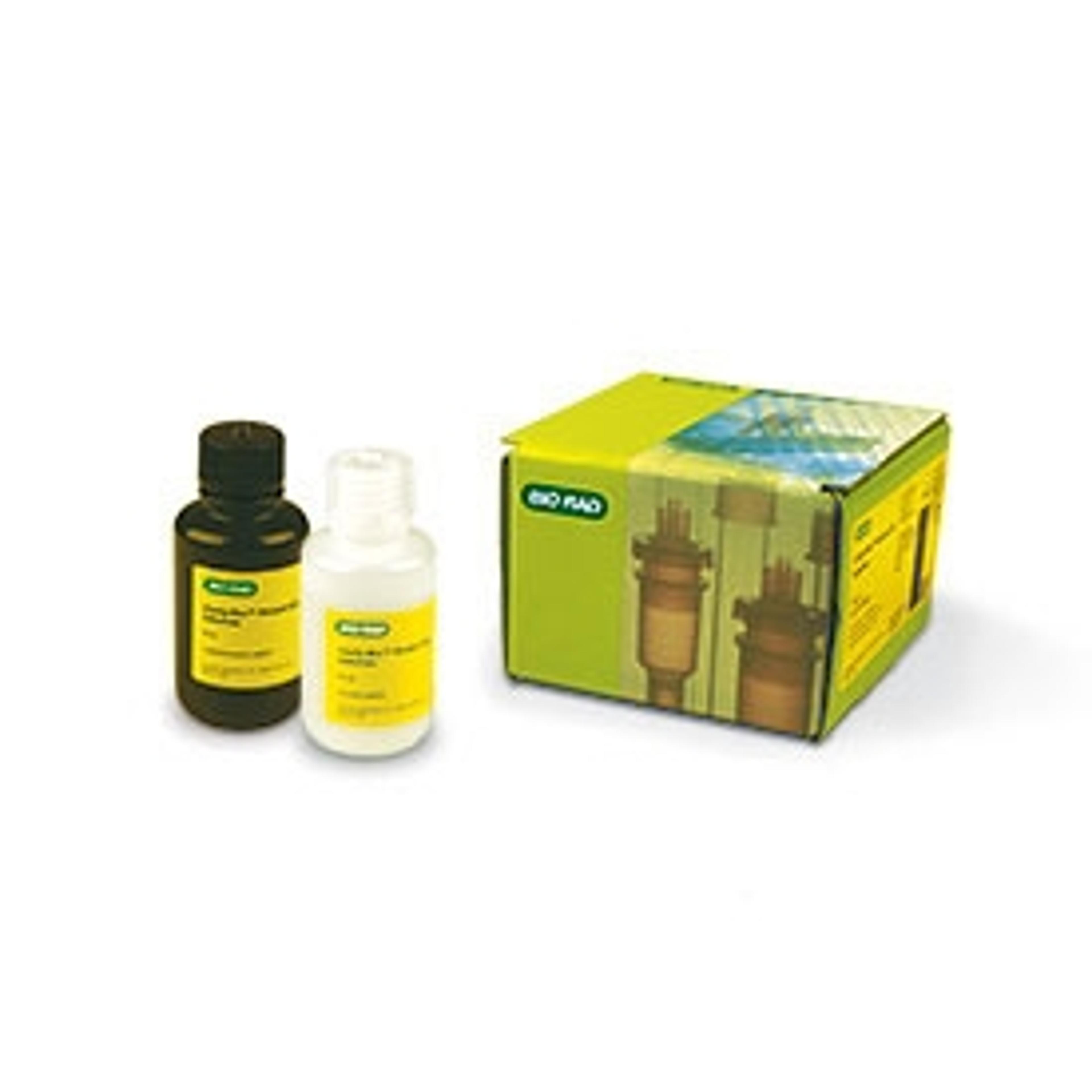Western Blotting Detection Substrate Takes the Guesswork out of Selection
30 Sept 2012Bio-Rad Laboratories Inc. has announced the launch of its new chemiluminescent detection reagent, Clarity western ECL substrate. Ideally suited to meet the diverse needs of researchers utilizing western blotting, Bio-Rad’s Clarity substrate provides excellent results for both high- and low-expression proteins, using either film or digital detection systems.
Choosing the right western blotting detection substrate can be difficult. Ideally, researchers would like to use a single high-performance substrate that works well for all types of blots. In practice, most substrates on the market today are highly specialized. Some substrates work well for the detection of low-expression proteins, whereas others offer less robust performance but are less expensive. Protein expression levels are often difficult or impossible to determine prior to detection, in which case the scientist must choose a substrate and hope for the best outcome.
“The Clarity western ECL substrate takes the guesswork out of substrate selection and eliminates the risk of choosing incorrectly,” said Ryan Short, western blotting product manager at Bio-Rad. “By combining superior performance and an affordable price, Clarity substrate offers researchers nearly universal application.”
The highly versatile Clarity western ECL substrate was designed for blots using nitrocellulose, PVFD, and low-fluorescence PVDF and can be used to detect both high- and low-abundance proteins when using film or CCD imaging systems for blot detection. Clarity ECL substrate has a one-year shelf life and is stored at room temperature, allowing the researcher to store it conveniently at hand on the bench.
Clarity ECL substrate offers the following advantages with respect to sensitivity, background, and signal duration:
• Sensitivity — detects proteins at mid-to-low femtogram levels
• Low background — generates clean-looking blots with bright bands of interest and low background luminescence
• Long signal duration — provides exceptionally long signal duration (24 hours), giving researchers the flexibility to take longer exposure times or multiple exposures before the signal starts to fade

